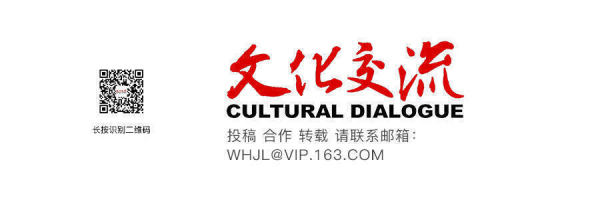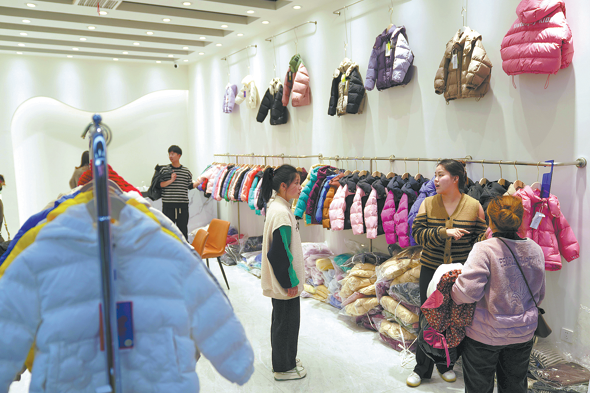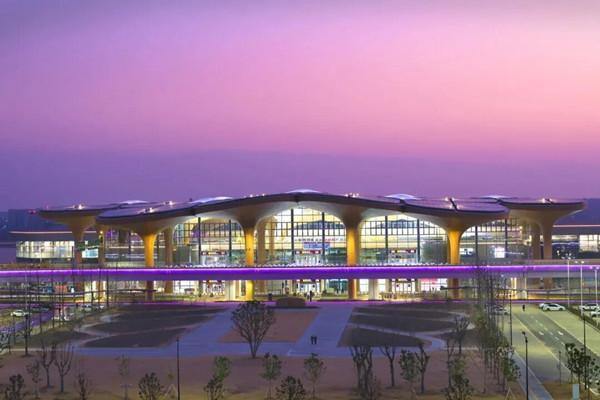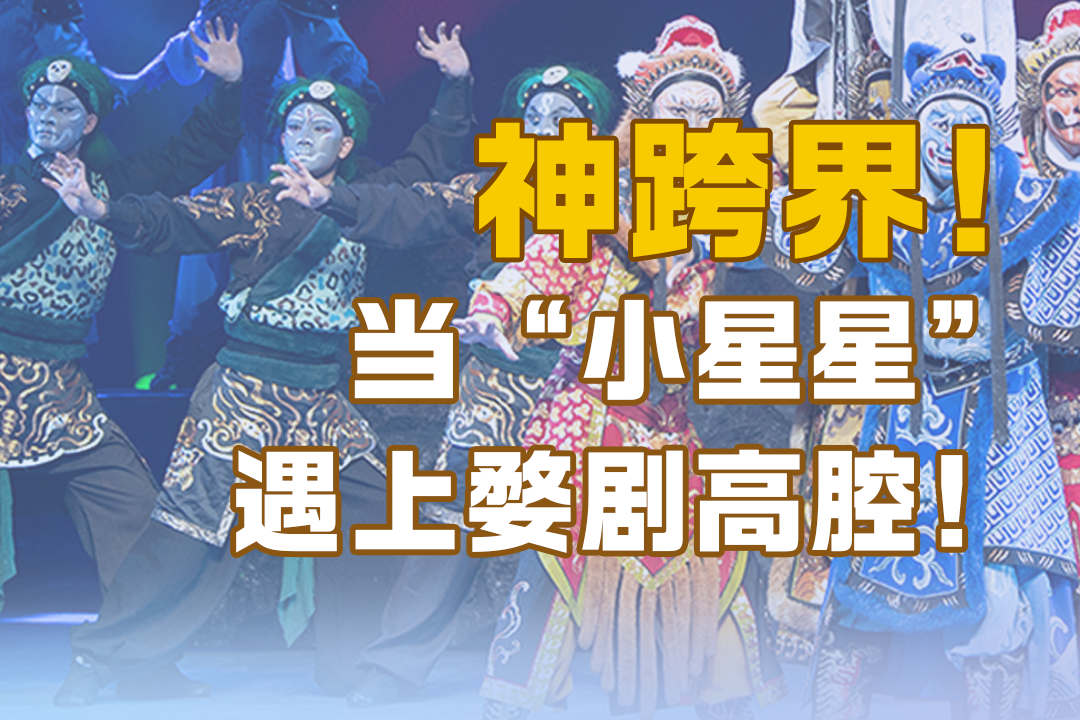At the juncture of Jiangsu, Zhejiang and Shanghai lies an ancient town named Xitang, which is rustic in style. The houses are built with white walls and black titles, and in rainy days they poetically resemble black ink dripping on white paper, a spectacle rarely seen by modern city dwellers. The largest in the six ancient towns of the Jiangnan (south of the Yangtze River) area, Xitang is blessed with its own subtlety and thus hailed as the Dreamlike Water Town”.
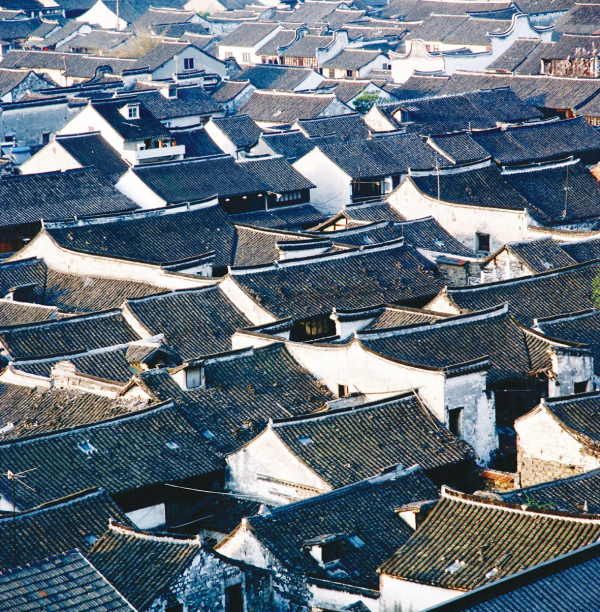
The ancient town of Xitang
Waters are the soul of Xitang, which is divided into eight parts by nine rivers running across it. The limpid waters everywhere give off an impression of Xitang being a fantasy world, where bridges, lanes, and roofed corridors uniquely and reasonably abound.
There are 11 bridges that were built in the Song dynasty (960-1279) and some others in Ming (1368-1644) and Qing (1616-1911). Though differing in architectural style, together they link every part of the whole county closely in a balanced way. The highest Huanxiu Bridge, which is also the most functional in town, connects the corridors and the lanes. To the south of the Huanxiu bridge stands West Street, a lively and bustling street with different lanes varying in shape and length. The best-known lane here in Xitang, or probably in the Jiangnan (south of the Yangtze River) area as a whole, is located at the end of West Street. With an overall length of 68 meters and a width of only 1 meter, this Shipi Lane was made of 216 3-mm-thick stone plates and enclosed by 6-to-10-meter-tall ladder-shaped sidewalls.
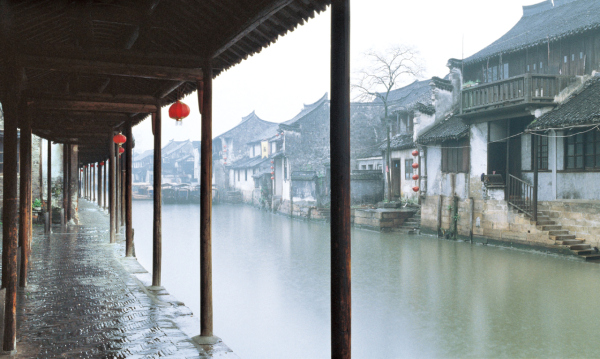
Walking across the West Street and Huanxiu bridge brings you to a ceilinged corridor, where visitors are advised to linger on. The so-called “ceilinged corridor” is actually a street with a roof, and it is the number one featured architecture in Xitang and the Jiangnan area. Inside those ceilinged corridors, some benches are placed at the side by the water for the sightseers to rest on while enjoying a nice cup of tea. The exact origin of the ceilinged corridor remains uncertain, yet there is one thing for sure: it is a collective feat attributed to every household, with their eaves linking with another to jointly create a public shelter for passengers. This is also an interpretation of local folks’ simple and easygoing characters.
For visitors, typical chilling rainy days are perfect for sightseeing, and also perfect for having a bowl of comforting hot local snacks. In Xitang, the most popular specialty is the “Lu’s wontons”, a three-generation-old brand. The skin of Lu’s wontons is made from egg white mixture and thus extremely thin, and the hot wonton soup is well seasoned, making the whole dish taste of warmth. Xitang locals also love to drink a little wine. Throughout Xitang’s history, there have been many large and small yellow wine breweries, where the wines have been brewed in an old-fashioned way to produce a most authentic flavor. The mild nature and mellow taste make yellow wine an ideal gift for families and friends.
And Xitang certainly has more to offer than beautiful landscape and friendly local residents. A place of strategic importance on the boundary between the State of Wu (ca. 12th century BC-473 BC) and the State of Yue (2032-222 BC), it is known as the birthplace of Wu-Yue culture. It is also known for field songs and Yueju opera. Coming in free and bright melodies, field songs are a valuable musical and cultural heritage in China, which are mostly inspired by folk stories and farming activities. The musical Five Girls, adapted from Xitang’s field songs, won the “Wenhua Award”, a top award for performing arts, at the Seventh China Arts Festival.
Yueju opera is one of the local opera arts in China, and there are many enthusiasts in Xitang who have come together to form the Xitang Yueju Opera Association. At every festival or temple fair, Yueju opera is always performed to cheer people up. The people of Xitang not only perform famous Yueju operas but also create new Yueju operas with modern vibes. Mr. Gu Xidong, a famous modern playwright, is a Xitang native. His masterpieces, such as Five Girls, Birthday Congratulations, Han Palace Grudge and Lu You and Tang Wan, are all very popular.
In Xitang, “there flow waters from the Spring and Autumn Period, stand towns of Tang and Song dynasties, erect buildings of Ming and Qing dynasties, and live people of modern times,” as a popular saying goes. On the one hand, the historical and artistic values of the ancient town need to be preserved by all means. Today, with 250,000 square meters of buildings from Ming and Qing dynasties remaining intact, Xitang is deemed as the most complete and largest ancient town in terms of preservation and has been included in the reserve list of World Cultural Heritage. On the other hand, the ancient town is also adapting to modernization. The “Hanfu Culture Week”, held in Xitang from the end of October to the beginning of November every year, allows modern people to approach a prosperous and luxurious lifestyle back to sometime around the Han dynasty (202 BC-220 AD). The Xitang Bar Street, shut down during the day while open for business at night, reconciles the seemingly contradictory concepts of “ancient town” and “modernization”.
Xitang’s cultural traditions have survived thousands of years and will bloom for years to come, while the local lifestyle with a touch of modernness proudly speaks for the lively and vivid side of the historical place.
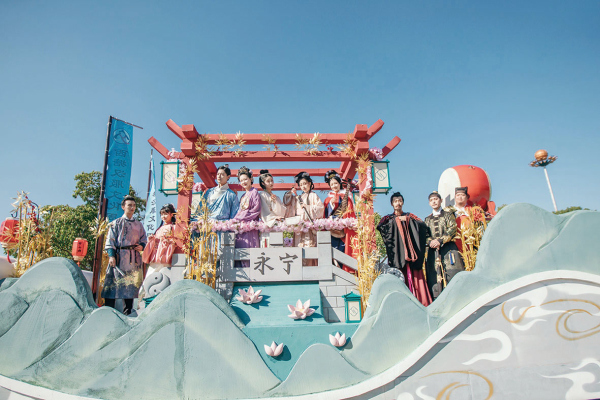
The eighth Xitang Hanfu Culture Week in 2020
